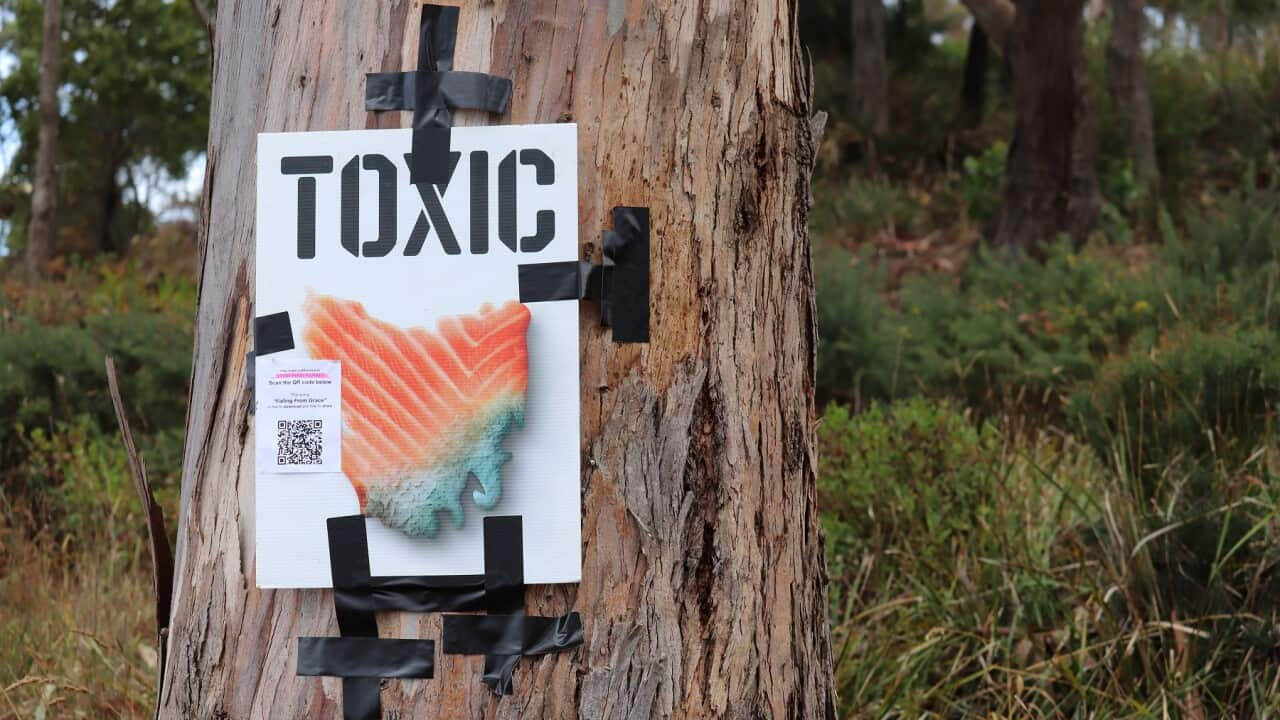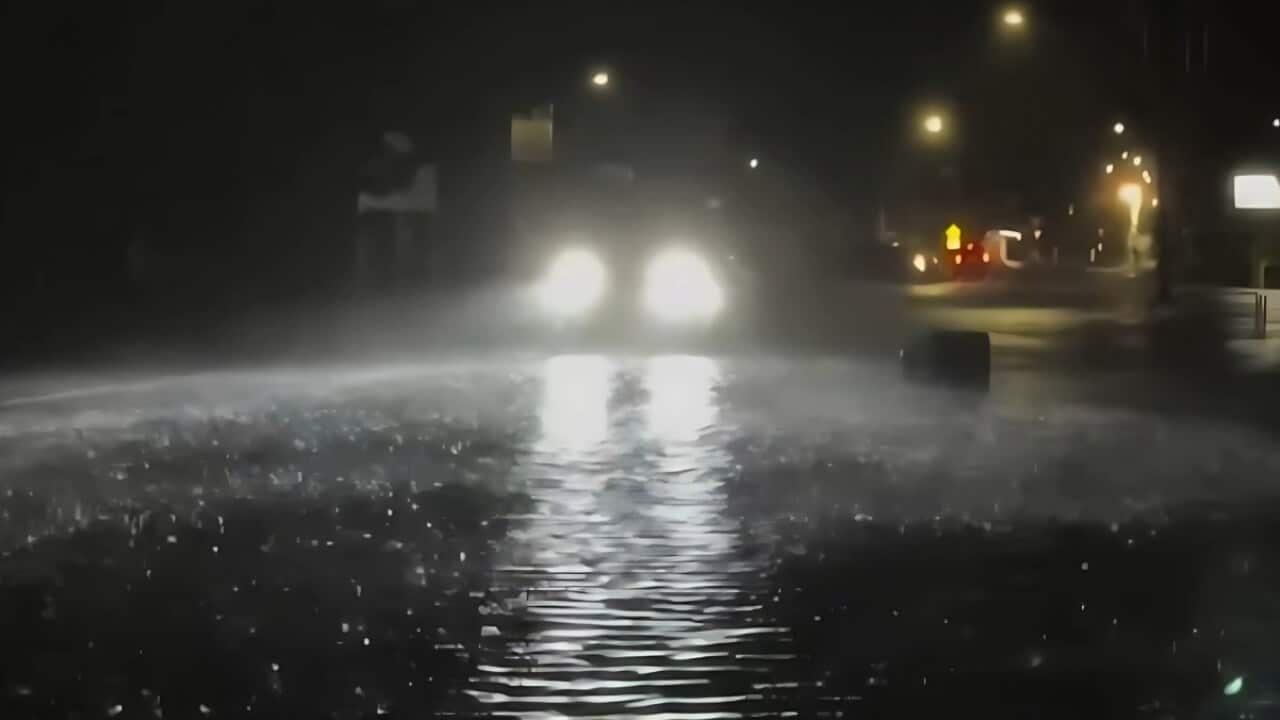TRANSCRIPT:
The Spencer Gulf in South Australia has been called the "seafood basket" of Australia.
It provides roughly $238 million worth of fish and crustaceans per year through its wide array of aquaculture and commercial fishing operations.
The area has now become the pioneering ground for a new weather service technology launched by the C-S-I-R-O called AquaWatch, which will help local aquaculture track the quality of the ocean water.
The C-S-I-R-O's Dr Nagur Cherukuru is the lead scientist on the pilot project.
"The aquaculture industry in Spencer Gulf, it's a very important source of socioeconomic conditions in this region. So AquaWatch mission chose this pilot, mainly to support this industry by providing water quality information that will help their business. We specifically chose Spencer Gulf because of the existing long term problems here in water quality and its connection to aquaculture."
The AquaWatch Australia Mission aims to provide reliable and accurate water quality information in real-time, and is also developing a forecasting feature which will allow for fish farms to protect their stock in advance.
Dr Cherukuru explains how that information is gathered.
"The way we plan to acquire that information is through an integrated approach. By that what we are trying to do is have a network of sensors in the water, and they collect a variety of water quality parameters, whether it be phytoplankton growth, or dissolved oxygen, or temperature. And we are also using satellite data to give a large spatial description of how water quality is changing. And we connect it all into our AquaWatch data analytics platform."
Phytoplankton are microscopic plant-like organisms that are a normal and often significant component of ocean ecosystems.
However, some weather conditions create a proliferation of more harmful species known as an algae bloom that can damage and kill fish and crustaceans through the secreting of toxins and a depletion of oxygen to the creatures.
Kirsten Rough, the Research Manager for the Australian Southern Bluefin Tuna Industry Association, says when these events occur it's important for fish farmers to know early so they can do their best to protect seafood stock.
"When those situations occur, you really want to be alerted as soon as possible so that you can initiate management strategies so that you don't lose fish. So having the AquaWatch system will enable our farmers to access the information at the time that they need it. But with the forecasting, it will also enable them to be making decisions on conditions which they might be experiencing into two to three days’ time."
Kirsten Rough says the current warning systems in place have been very inefficient and labour intensive in comparison to AquaWatch's regular updates every 15 minutes.
"For the tuna industry, we have monitored water quality for a very long time, it's a very labour intensive exercise and takes a lot of time and skill. To have an AquaWatch system will simplify all of that. But the wider benefit is really if a system systems like that can be put across a much broader area, we can get a much better understanding of some of the bigger processes which are driving what's happening now coastal zone."
The C-S-I-R-O is also testing the breakthrough technology in four other sites across New South Wales and Queensland, including the Great Barrier Reef.
Dr Cherukuru says AquaWatch will be expanded to more regions across the country in the coming years.
"So all these sorts of pilots are giving information that which will help people to make decisions to preserve and maintain the ecosystem status. All of these pilots have matured sufficiently so we are going to - in the next couple of years - expand this pilot into other regions, in collaboration with local partners."













